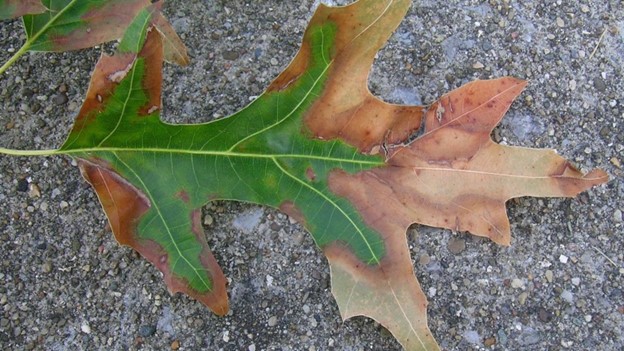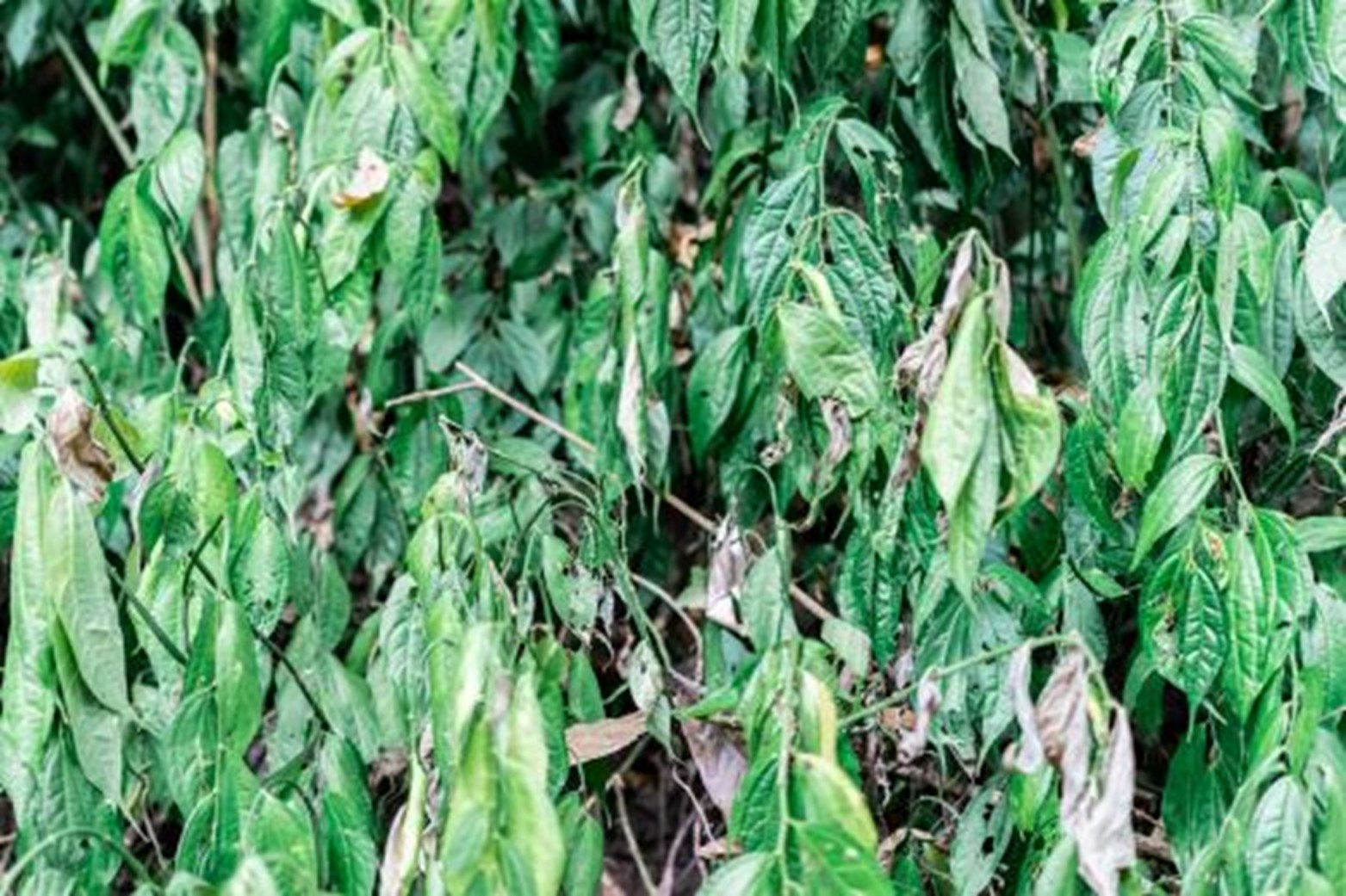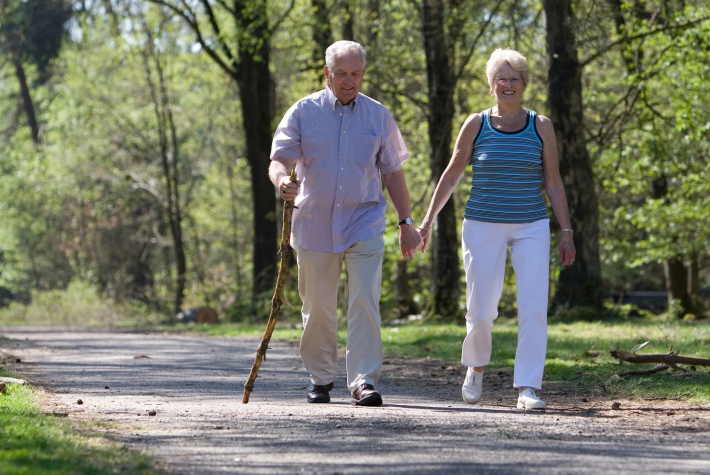Residents of Dallas and cities across Texas can help their property and the city mitigate urban heat through proper summertime tree watering techniques and planting the right trees in the right place when tree planting season resumes this fall.
DALLAS, TX (August 23, 2023) – After temperatures well above 100°F continue, common questions the Texas Trees Foundation hears include “How much do I need to water my new and existing trees?” and “How should I care for my tree during a drought?”
Irrigation of trees during extreme heat
In times of extreme heat, trees should be given priority over other landscape plants, including lawns. A turfgrass lawn left unwatered will naturally go dormant for the season and turn brown but may turn green again after a rainfall or when irrigation is reintroduced. Even if reseeding or resodding is necessary, a lawn can often be re-established in a single season – a large tree cannot. Most importantly, during a drought, the goal of irrigation should be sustaining the tree, not watering for maximum growth.
Also, instead of watering established trees at the trunk, irrigate from the dripline (the edge of the tree’s branches) outward. As a basic rule of thumb, apply water in a circular band that’s at least half as wide as the distance from the trunk to the dripline.
Trees prefer to be watered slowly and deeply. Spray irrigation (sprinklers) are great for lawns but not for watering trees. Instead, use a bubbler, multiple drip emitters, or a hand-held hose to deliver water to the tree’s root zone. Water the soil to one to two feet deep each time you water and let the surface dry between waterings. The simplest method of watering is to turn your garden hose on a slow trickle and leave it in different zones within the dripline until you can easily insert a screwdriver into the soil. Remember, deep watering encourages deep rooting – and deep roots are the best way for a tree to survive a drought. Irrigate established trees once every two weeks during the growing season.
”Please follow any water use restrictions you have in your area when watering your trees,“ says Texas Trees Foundation’s Urban Forester Rachel McGregor. ”Trees provide an enormous asset to our landscape by reducing heating and cooling cost in our homes, cleaning the air we breathe, increasing our mental and physical health, decreasing storm water runoff, and many other benefits.”
How can homeowners and business owners mitigate urban heat and help trees survive extreme heat?
- The best time for summer watering is in the morning or evening between the hours of 7 p.m. to 8 a.m.
- Most importantly, avoid watering during the hottest part of the day, 10 a.m. – 6 p.m., as more water will get lost in evaporation.
- Many plants, including turf grass, can compete within the soil root zone for available water. This water competition can be severe.
- Remove grass and excess plant competition from around any tree to decrease water stress.
- Use mulch to conserve water and prevent weed competition. Mulch is any tree’s best friend. Besides minimizing evaporation of soil moisture and limiting rainwater runoff, mulch also protects the tree from mower and weed trimmer damage. Wood chips and shredded bark can be used for mulch. Cover the area with mulch about 2 to 3 inches deep, taking care to avoid the area next to the tree’s trunk.
- Using fertilizer or pruning your tree during summer months can cause more stress to your tree. Fertilizers promote growth that the tree cannot sustain under unfavorable conditions and pruning off photosynthetic material (leaves) takes food away from an already stressed tree. The only pruning that should be done at this time is to remove dead branches or any branches that pose a hazard.
What is urban heat?
Urban centers across the state exhibit higher temperatures than the surrounding countryside, at times more than 10°F, due to the intensity of heat-absorbing materials in downtown districts. Additionally, the relative sparseness of tree canopy and other vegetative cover provides less evaporative cooling and shading. Dallas, with 35 percent impervious surface (i.e., rooftops, parking lots, highways, etc.), is hot – and getting hotter. Urban areas retain heat in the buildings and pavement and are up to 15°F warmer than rural areas where trees and open space are more prevalent.
How can I tell if my tree is stressed from the heat?
One of the early signs of stress on a tree during drought is wilted leaves. Another sign is leaf scorching, when the edges of leaves or the space between a leaf’s veins turns brown. When a tree begins to exhibit signs of heat stress, irrigation must begin immediately to avoid long-term damage to the tree. Drought and high temperatures deliver a one-two punch to trees. Trees exhale moisture from their leaves in a process called transpiration. As temperatures climb, transpiration kicks into overdrive. During extreme heat, there isn’t enough water in the soil to replenish the water lost. When this happens, trees adopt survival strategies that can stress and weaken them.
Media Contact: Kristy Offenburger, kristy@texastrees.org, 469-859-1979

Photo source: https://extension.umd.edu/resource/bacterial-leaf-scorch-trees


Photo Source: https://www.mrtreeservices.com/blog/why-is-my-newly-planted-tree-wilting/






